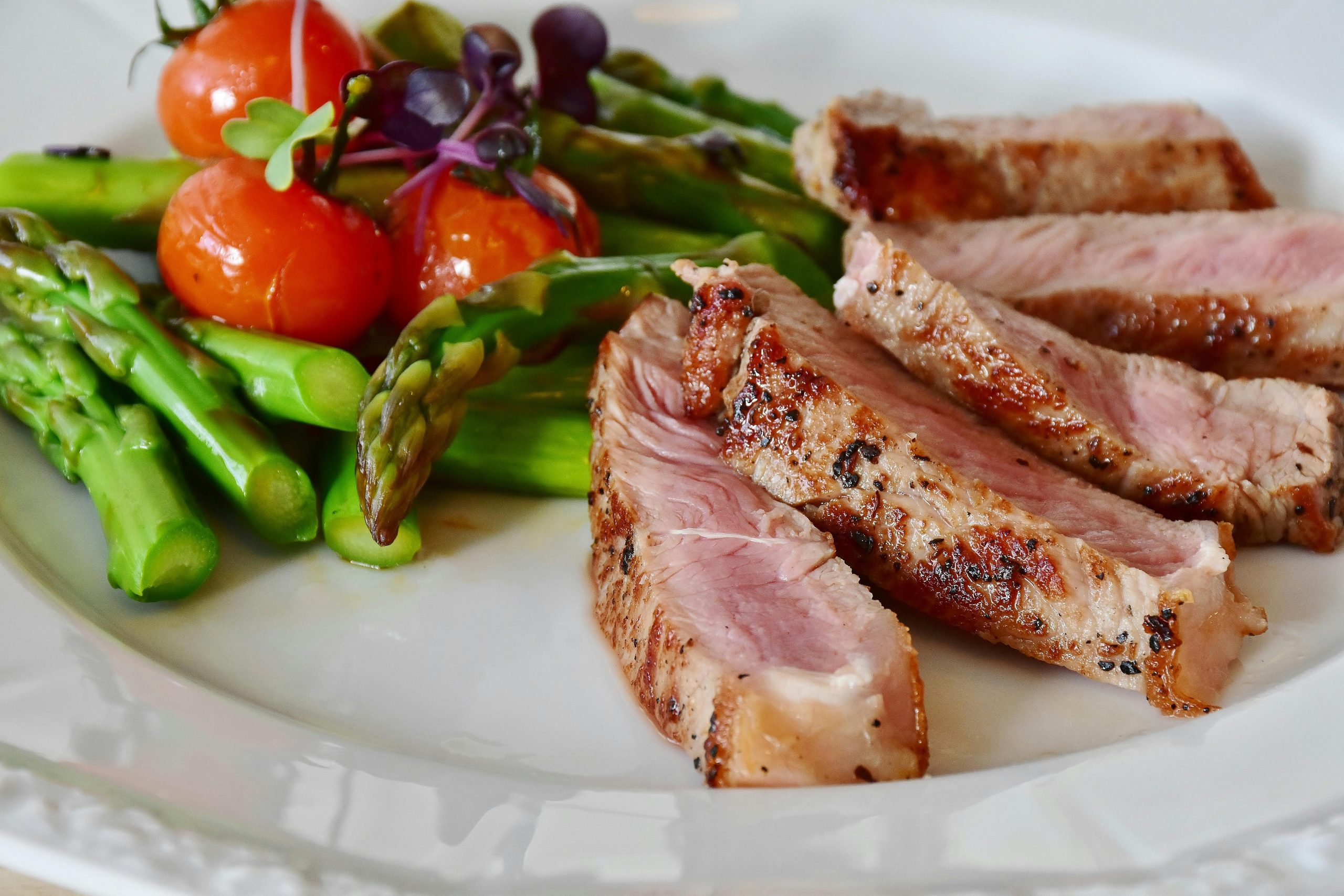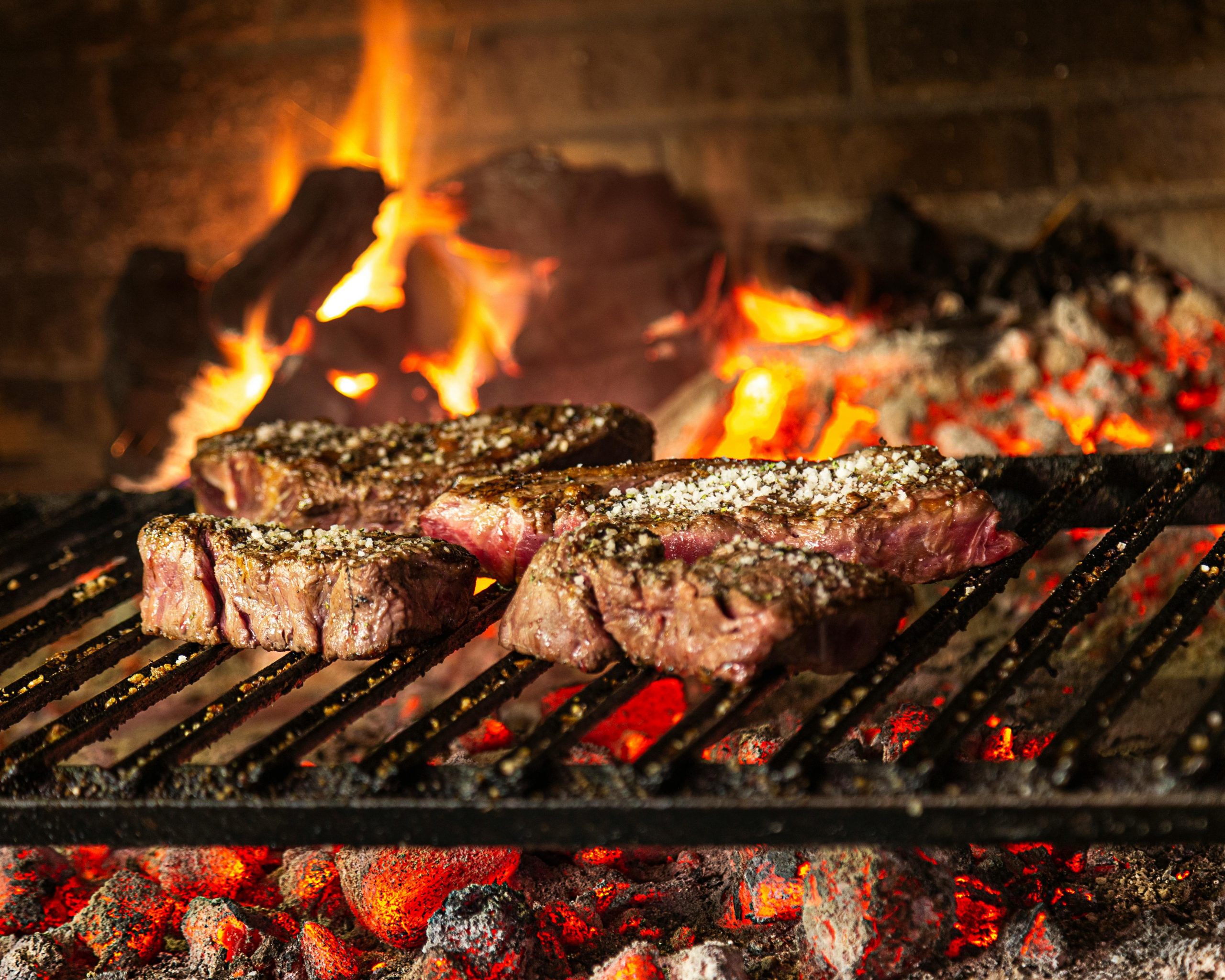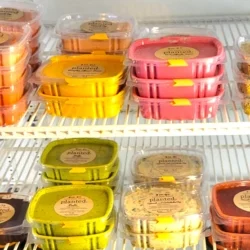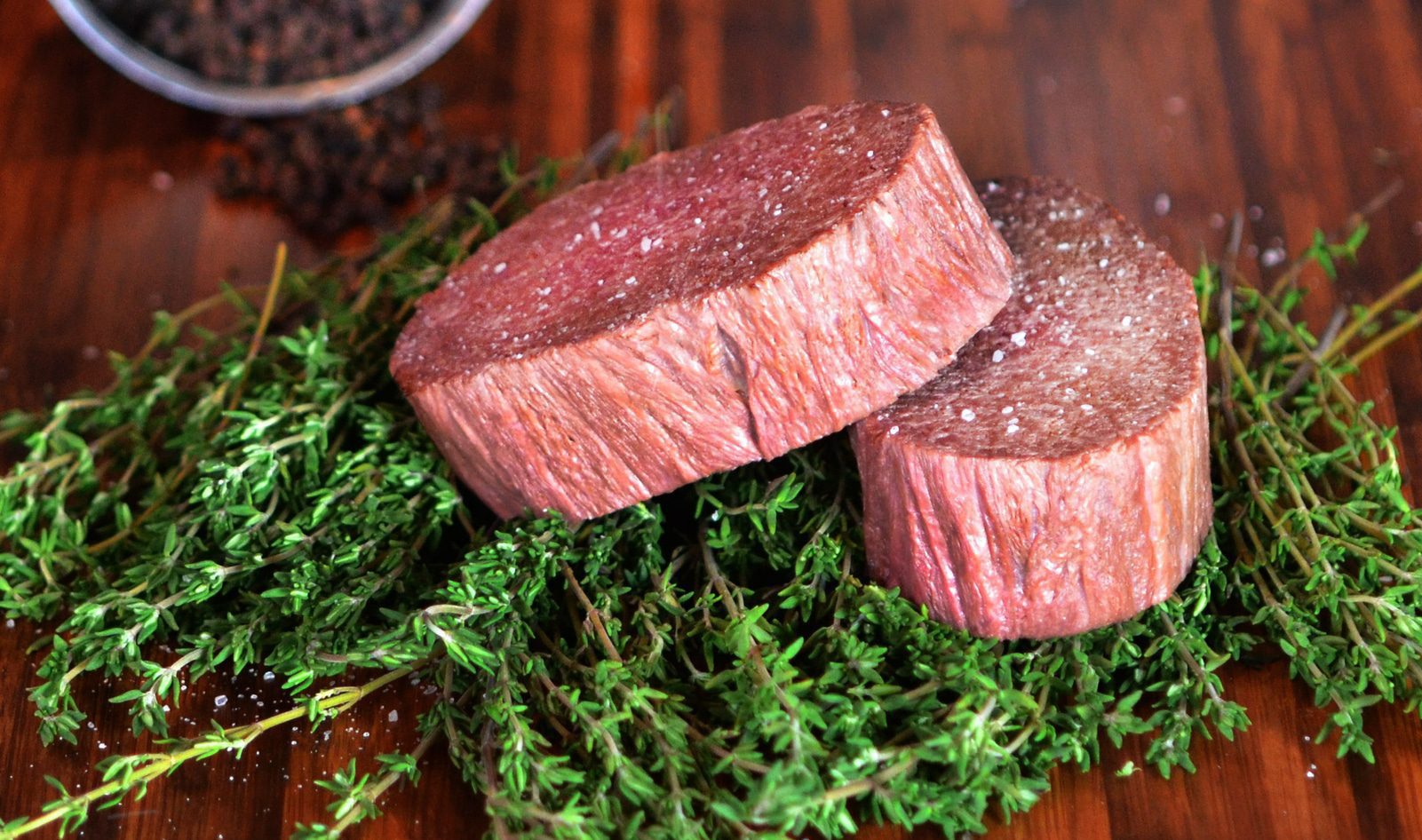Market for Meat Alternative Products in Europe: Growth, Trends, and Future Outlook
The European alternative meat market constitutes a segment of society that is gradually turning toward sustainable and ethically correct food habits. The presentation of such a sector, showing very strong growth with an expected compound annual growth rate of 23.98% between 2024 and 2031, is enticing. It also focuses on the demand of consumers for products that would help them understand exactly what they are experiencing when tasting traditional meats while helping them cut down on nutritional factors and environmental impact. Due to health concerns and climate-conscious living, meat alternatives have increasingly become a part of European diets in recent years, both plant-based and lab-grown.
Increasing Demand by Consumers for Sustainable and Ethical Food Choices
Most of the growth in Europe’s meat alternatives market can be attributed to increased consumer awareness of environmental and ethical issues associated with meat production. Therefore, more and more Europeans seek plant-based options. Besides, innovations within the lab-grown meat area make animal-free products accessible to even more consumers. Referred to by many as “the green protein shift,” this is most certainly the case with flexitarians-namely, those who enjoy meat on occasion but are primarily committed to plant-based eating.

Health and environmental concerns drive the market growth. Greater health concerns associated with meat
consumption, such as heart diseases and cancers, are slowly making people shift to plant-based diets. Also, the environmental impact due to meat production on greenhouse gas emissions, deforestation, and usage of water has turned sustainability-oriented consumers toward alternatives. These are reflected in the strong growth projections, which estimate that the market will grow from USD 3.24 billion in 2024 to USD 5.42 billion by 2029, at a CAGR of 10.86% over the forecast period.
Plant-Based and Lab-Grown Meat Innovations
The technological evolvements have considerably raised the bar with regard to the quality of meat substitutes-as products that, for the greater part, closely emulate the taste and texture of real meat. Most of these products derive their meaty textures from ingredients such as soy, peas, and mushrooms, while newer technologies in the cell-cultured meat category develop animal cells in the lab for meat that requires no animal farming. This approach of cultured-in-the-lab, otherwise known as “clean meat,” is an upward frontier for the industry, meeting at an intersection of ethical consumerism, flavor, and texture.
Diverse Product Range Catering to Broad Market
A market for meat alternatives, starting from burgers and sausages and ending with protein-packed snacking, is made up of a combination of varied products aimed at a wide market. Textured Vegetable Protein, a plant-based protein that has gained popularity for its meat-like texture, is likely to capture the leading share in the market due to its multi-dimensional utility. One of the fastest-growing segments, tempeh is a fermented soybean product with a high protein and probiotic content. It is especially popular in Spain and France. This variety allows consumers to try more plant-based products, further fuelling growth in the market.
Regional Trends and Growth Hotspots in the European Market
The United Kingdom currently leads in Europe’s meat alternatives market because of high rates of veganism and due to the support received by plant-based diets through public campaigns. Countries like Germany, France, and the Netherlands are much more open and show rapid growth in acceptance of flexitarian lifestyles and plant-based alternatives. Production of tempeh has also caught up with regional demand for alternative protein sources other than traditional ones in Southern European countries like Spain and France.

United Kingdom-Home to Veganism and Plant-Based Movements
Popular plant-based movements like “Veganuary” have kept the UK at the forefront. Much investment in sustainable food alternatives has been made both at public and private levels. Besides, British customers show greater interest in new food technologies, such as lab-grown meat, and all that drives the market.
Competitive Landscape and Market Participants
Competition and collaboration are increasing among the major players in the market, with companies working on innovative strategies and partnerships to bolster their positions in the market. IFF has gained significant regional coverage through research and strategic partnerships that together have positioned it strongly in the growing meat alternatives industry across the European region.
Collaboration and Innovation-A Winning Strategy
Many companies enter into partnerships and invest heavily in R and D to make them successfully compete in the marketplace. These partnerships facilitate knowledge-, resource-, and inf
restructure-sharing, through which companies are able to make rapid product advancements, making plant-based product offerings more appealing and accessible to mainstream consumers.
The Future of Meat Alternatives in Europe
The market for meat alternatives in Europe stands on the cusp of a very transformational phase, with strong pointers that it will continue to rise as consumer demand increases for sustainable, ethical, and healthier foods. With more companies getting into the market and lab-grown meat options finding a way to the grocery store shelves, the landscape for meat alternatives will likely be an important part of Europe’s food industry in the future.

A Look Ahead: Meat Alternatives to Be an Integral Part of Europe’s Food Landscape
The future of food in Europe is shaping up to be decidedly plant-based. Because of advances in the science of food, and also because of changing consumer preferences, the region’s meat alternatives market would likely lie at the heart of meeting the continent’s sustainability goals. In positioning itself at the forefront of plant-based and lab-grown alternatives, Europe will lead in a food system that is in line with environmental and ethical values, leaving a mark for generations to come.
In a nutshell, solutions to the change in dietary requirements and environmental concerns make the Europe meat alternative market likely to be a focal point of the European food industry. As business matures in this market, consumers will have a greater variety of innovative, sustainable, and ethical food options, thereby shaping the future of food across the continent.









